Grisly act brought Charles and Di together: The assassination of Lord Louis Mountbatten
Forty years ago this week, a horrific crime occurred, claiming four lives — and sending Charles into the arms of a girl called Diana.
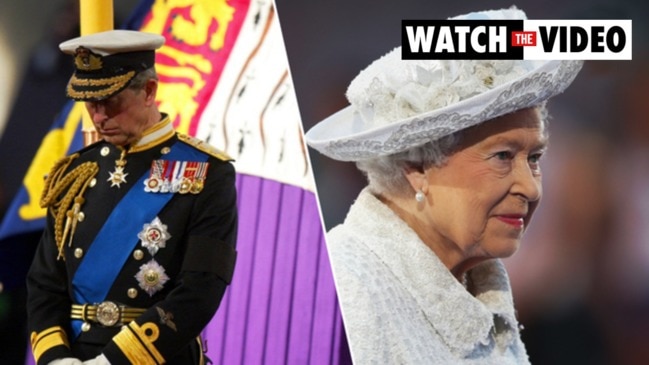
It was a sunny day in County Sligo, Ireland.
The town of Mullaghmore was a popular seaside resort for holiday-makers, both from the Republic of Ireland and Northern Ireland, whose border was only about 20km away.
Overlooking the sea nearby was Classiebawn Castle, an imposing stone pile that was owned by the Lord Louis Mountbatten, 1st Earl Mountbatten of Burma, and his wife Countess Edwina.
RELATED: Charles and Diana’s creepy first meeting
RELATED: The royal foursome that rocked the palace
RELATED: Woman behind Diana’s jealous obsession
Every summer the couple, their two daughters Lady Patricia Brabourne and Lady Pamela Hicks, along with their husbands and children, descended on the home. Lobster-potting, shrimping and fishing were all on the agenda.
A naval man and keen sailor, Lord Mountbatten kept a small vessel called the Shadow V which he used to take his family fishing.
“The heart of the holiday was going out on the boat,” his granddaughter India Hicks has said.
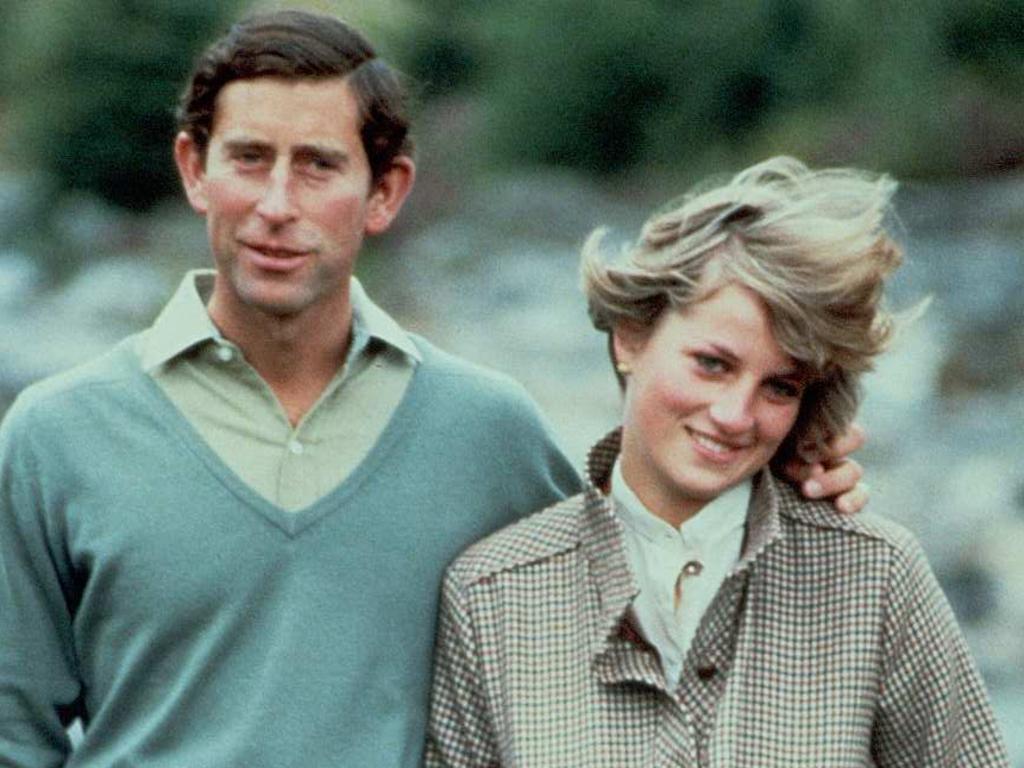
WHO WAS LORD MOUNTBATTEN?
Lord Louis Mountbatten was a member of the extended royal family. A great-grandson of Queen Victoria, he was born at Frogmore House on the Windsor Great Park estate, the son of Prince Louis of Battenberg and Princess Victoria of Hesse. As such, he was the uncle of Prince Philip of Greece and Denmark (or as we know him now, Prince Philip, the Duke of Edinburgh) and a second cousin of Princess Elizabeth, the future Queen.
He joined the navy as a teenager and went on to have a highly distinguished military career — his full dress uniform offered him the chance to wear 10 rows of medals including Knight Companion of the Most Noble Order of the Garter.
During World War II, he helped plan the invasion of occupied Europe and was Supreme Allied Commander for Southeast Asia. After the war ended, he was made the last Viceroy of India and oversaw the country’s transition to independence.
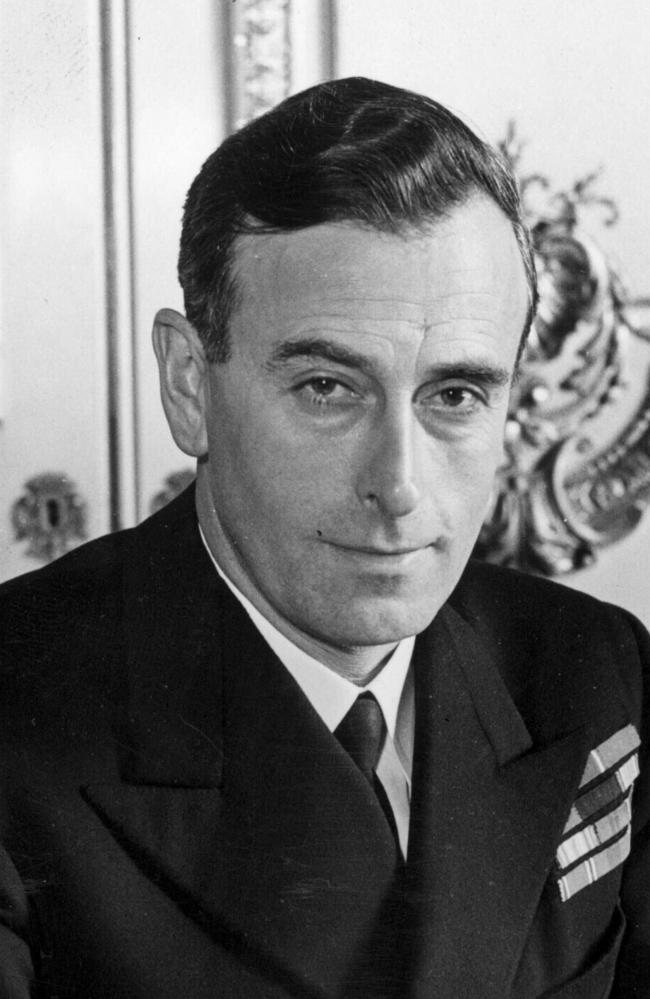
ROYAL SWAY
Beyond his professional achievements, Lord Mountbatten played a considerable role in the personal lives of the Windsor clan. He introduced his nephew to a teenage Princess Elizabeth in 1939 and encouraged him to stay in touch with the infatuated young woman, helping orchestrate their 1947 union.
Lord Mountbatten played a pivotal role in the family’s life as a mentor and confidante for Prince Philip. Like his father, Prince Charles would form an exceptionally close bond with the dashing seaman, turning to him for advice and guidance in his 20s.
Lord Mountbatten played a key role in the future king’s love life, allegedly helping organise for the slightly awkward HRH to meet young women during weekends at his country home Broadlands. Later, Lord Mountbatten tried assiduously to arrange a match between Charles and his granddaughter Lady Amanda Knatchbull, however when the Prince finally worked up the courage to pop the question, she turned him down, reportedly having no interest in royal life.
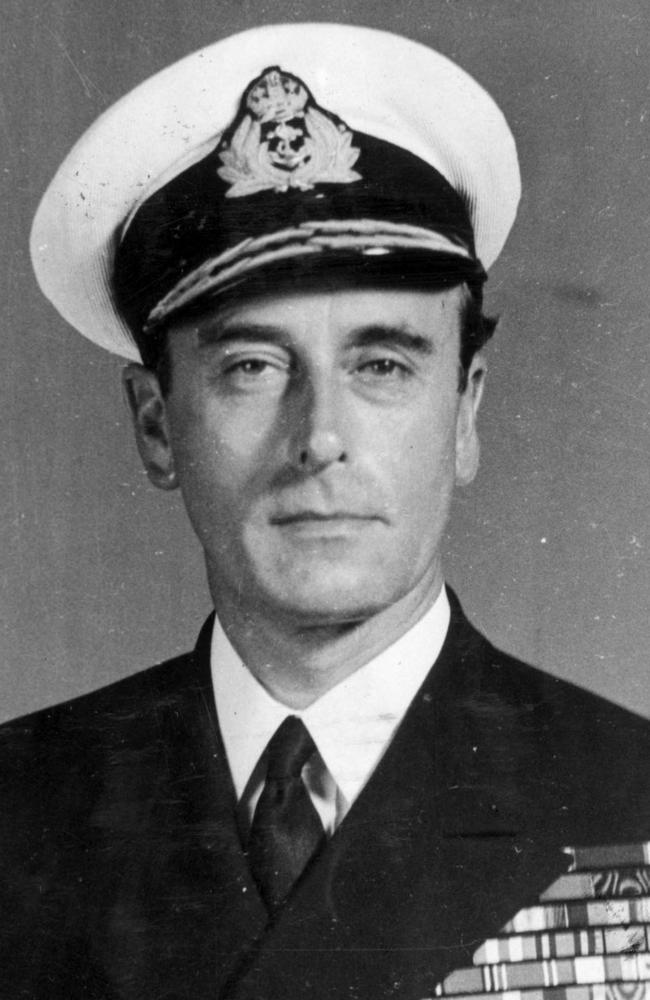
THE SHADOW V
August 27, 1979 started like so many others had for the extended Mountbatten family in Ireland. Lord Mountbatten, accompanied by his daughter Lady Brabourne, her husband Lord Brabourne, the couple’s twin 14-year-old sons Timothy and Nicholas Knatchbull, his mother the Dowager Lady Brabourne and a 15-year-old local boy named Paul Maxwell, who helped crew the boat, set off for a day of fishing in the waters off Mullaghmore.
Only 16 minutes after the boat left harbour, and when it was about 600m from shore, the explosion happened within sight of Classiebawn Castle. The BBC reported at the time the blast could be heard more than 3km away.
The previous night, the IRA’s South Armagh brigade had planted a bomb on the unguarded craft. It was not their first attempt to assassinate the 79-year-old — the previous year the terrorist group had planned on shooting Lord Mountbatten on-board the Shadow V but weren’t able to go through with it because of poor weather.
Nearby boats rushed to the scene but the vessel was obliterated, the wooden nine-metre motorboat reduced to slivers of wood bobbing in the water.
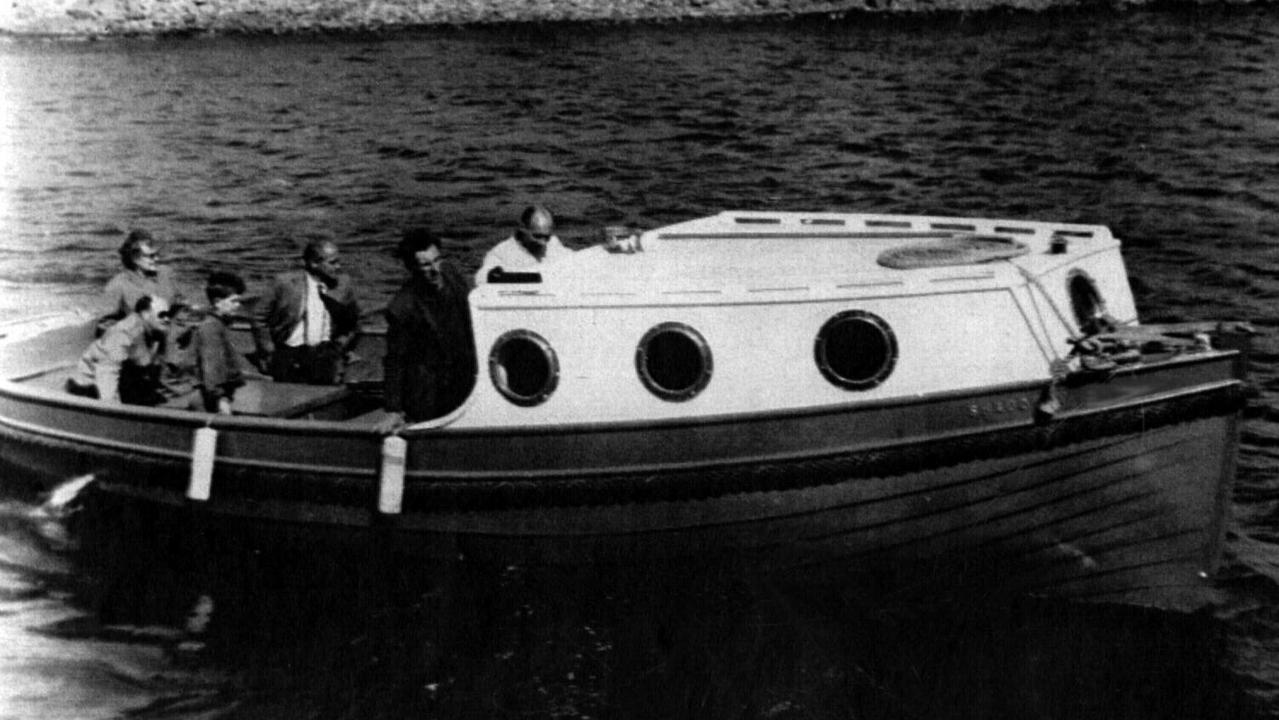
DEATH TOLL
Nicholas and Paul were killed instantly. Lord Mountbatten was pulled from the water, however his legs had been blown off. He would later die in hospital from his injuries, as would the Dowager Lady Brabourne.
Paul’s mother Mary Hornsey says in the new documentary, The Day Mountbatten Died, of her son, “I knew he was dead because I felt a part of me go.”
Lord Mountbatten’s granddaughter India Hicks was 11 years old at the time of the attack. Having spent the previous day shrimping with her grandfather, she decided to remain on dry land that day. “I opted to stay behind hoping for a trip to buy sweets. Grandpapa came into the hall and called to me ‘look after my dog’ and went down to the harbour,” Ms Hicks recalled in 2005.
Ms Hicks says in The Day Mountbatten Died: “It was like a day that would never end. The damage that was done was so much deeper than any of us could ever have imagined. And adult lives are still being horrifically disrupted.”
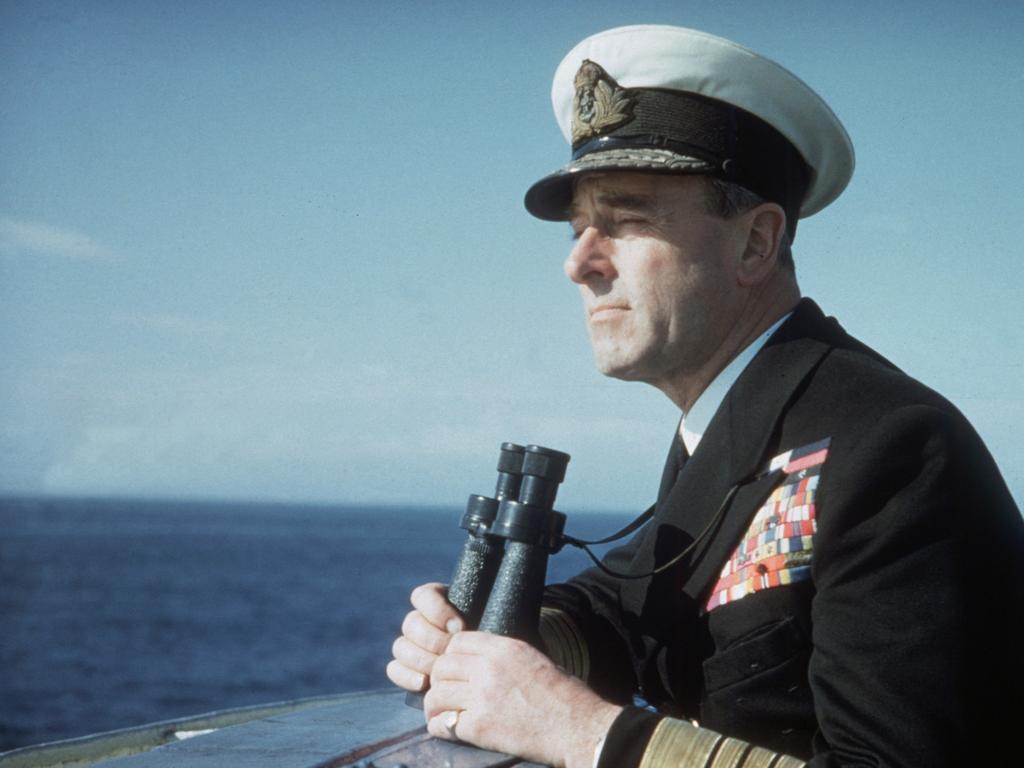
TERROR CAMPAIGN
The Mountbatten and Maxwell families weren’t the only people to lose loved ones that day.
Hours after the Mullaghmore bomb went off on the Shadow V, across the border in Northern Ireland, then in the grip of a ferocious and bloody civil war, a 220kg bomb was detonated as a British Army convoy passed by, instantly killing six men.
Half an hour after that explosion, as rescuers arrived on the scene, a second far bigger bomb was set off, killing a further 12 men.
AFTERMATH
The IRA claimed responsibility, calling it an “execution”, while more broadly, the killings were labelled a terrorist attack, especially given the perpetrators most likely would have known there would be children on-board.
Sinn Fein leader Gerry Adams said at the time: “With his war record, I don’t think (Mountbatten) could have objected to dying in what was clearly a war situation. He knew the danger involved in coming to this country.”
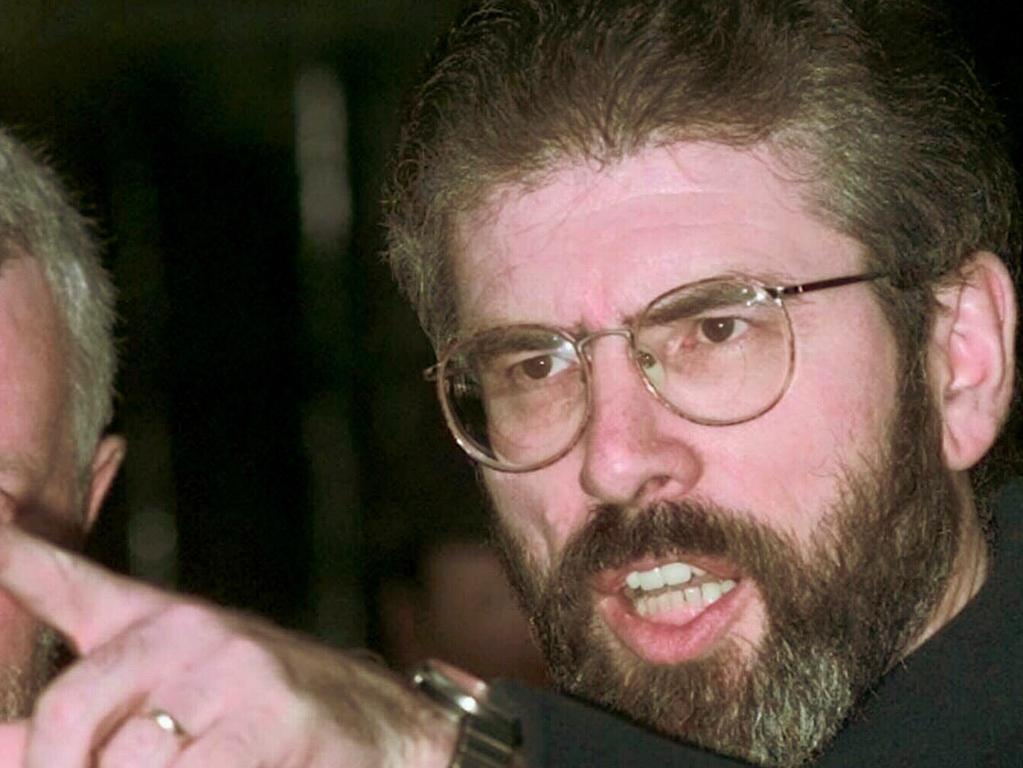
The death of his “honorary grandfather” took a huge toll on Prince Charles, then 31 years old, who was grief-stricken at the loss of perhaps the strongest paternal influence in his life.
Struggling in the wake of the killings, Charles is alleged to have rekindled his relationship with Camilla Parker-Bowles. He was in need of her “husky empathy” as royal biographer Tina Brown put it.
While the duo might have been enjoying their renewed connection, the elder members of the royal family were reportedly growing more and more concerned the heir to the throne was showing no signs of settling down.

‘MY HEART BLED FOR YOU’
Enter the convenient country house weekend invitation. Lady Diana Spencer had first met her “Prince Charming” a couple of years earlier when he was dating her older sister, Lady Sarah Spencer. By 1980, Charles’ love life was proving excellent fodder for the tabloid newspapers, especially his brief flirtation with Anna Wallace, the daughter of a wealthy Scottish landowner.
So, in July of that year, Lady Diana was thrilled to be asked to join Commander Robert and Philippa de Pass for a jolly stay. And funnily enough, who else should be coming but the Prince of Wales! Brown argues in her book The Diana Chronicles that either the Queen Mother or Prince Philip arranged to have the willowy teenage beauty invited to join the house party, having already pegged her as a potential princess of Wales.
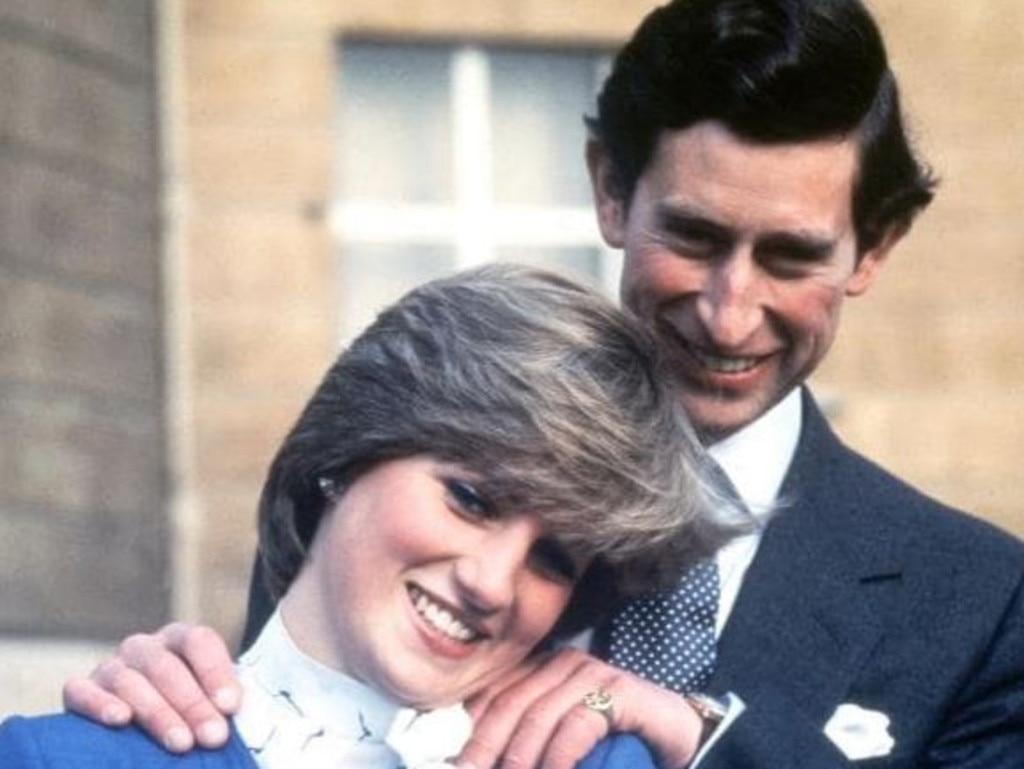
(Diana’s grandmother Lady Ruth Fermoy was a very close friend of the Queen Mother, and it has long been suggested the duo worked to orchestrate the union of Charles and Diana.)
During that weekend, a conversation about the previous year’s terror attack would prove to be a pivotal moment for the oddly matched pair.
“You looked so sad when you walked up the aisle at Mountbatten’s funeral,” Diana allegedly told Charles. “It was the most tragic thing I’ve ever seen. My heart bled for you when I watched. I thought, ‘You’re so lonely — you should be with somebody to look after you’.”
That evening marked a huge turning point in their relationship, with Diana later saying Charles then “practically leapt on me”.
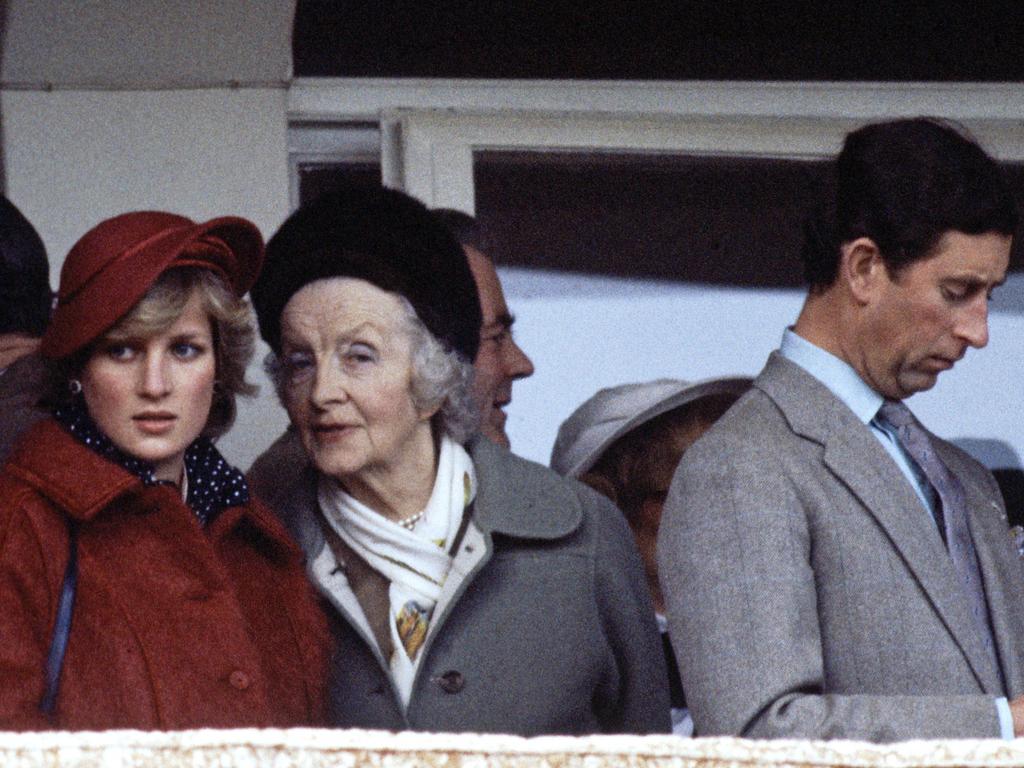
After that evening, requests to join the Prince on the Britannia and other coveted social invitations flowed. Just over six months later, wearing a hastily bought blue suit, a giggling Diana and reserved Charles announced their engagement to the world.
LOVE AND LOSS
It’s impossible to know how Charles’ life would have played out had his mentor and trusted adviser not have been brutally killed. Though often cast as something of a social climber, Lord Mountbatten would have been another voice to help the muddled and confused Prince make the choice about whether the shy 19-year-old was the right woman to make his future Queen.
Daniela Elser is a royal expert and freelance writer with 15 years’ experience who has written for some of Australia’s best print and digital media brands. Continue the conversation @DanielaElser



